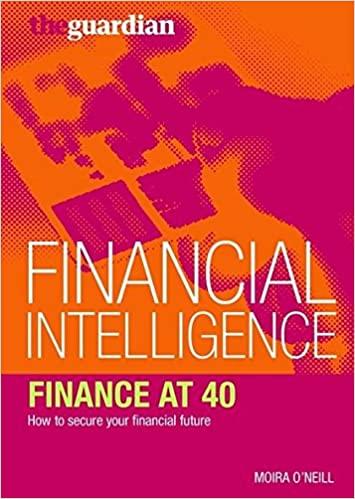Question
A firm's existing assets either have a high value of $500 million (undervalued) or a low value of $200 million (overvalued). The firm's manager knows
A firm's existing assets either have a high value of $500 million (undervalued) or a low value of $200 million (overvalued). The firm's manager knows the value of her firm's assets, but the market does not. The market assesses that there is a 50% chance the firm has high value assets and a 50% chance the firm has low value assets. Regardless of the value of the firm's existing assets, the manager and the market are both aware that the firm has the opportunity to invest $60 million in a new project that will generate a cash flow of $100 million. The firm currently has 8,000,000 shares outstanding. The firm does not have the internal cash to fund the project, and thus if they want to fund the project they must conduct an equity issue immediately. In the long-run (i.e., next year) the markets will learn whether the firm was the undervalued or overvalued. Assume that managers act to maximize the long-run value of existing shareholder's claims (i.e., the long-run stock price) when making the equity issue/investment decision. The discount rates for cash flows and tax rates are assumed to be zero.
If the market believes that only overvalued firms issue equity, calculate the price at which shares will be sold to raise funds for the new investment project.
Step by Step Solution
There are 3 Steps involved in it
Step: 1

Get Instant Access to Expert-Tailored Solutions
See step-by-step solutions with expert insights and AI powered tools for academic success
Step: 2

Step: 3

Ace Your Homework with AI
Get the answers you need in no time with our AI-driven, step-by-step assistance
Get Started


